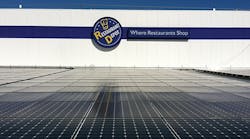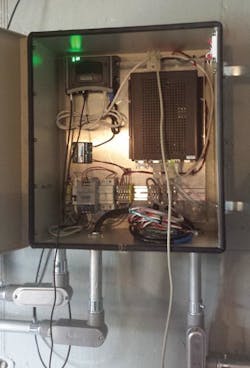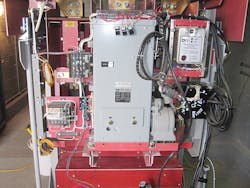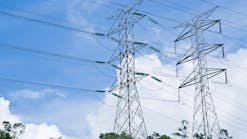Since 2010, solar generation among Con Edison customers has grown more than fivefold, a trend the utility and its partners in government, business and academia have supported. A few years ago, the utility eliminated an engineering review for most residential projects and expedited solar projects up to 300 kW to speed the approval process. It also provided technical assistance for the creation of the NYC Solar Map, an online tool that allows users to see the solar potential, installation costs and available rebates for any building in New York City.
These efforts have increased the number of solar photovoltaic (PV) panel installations. Con Edison customers have installed more than 3,000 solar projects, producing about 50 MW of electricity in New York City and Westchester County, New York.
The growth in renewable energy has been fueled by government incentives, which have helped to reduce the cost of solar for residential and commercial customers. Customers who install solar panels not only cut their energy costs, but they also take stress off Con Edison’s system at peak times. In turn, the utility can continue to provide reliable electric service to its customers, which include important financial, research and government institutions such as the United Nations and some of the world’s top hospitals and schools.
Upgrading Network Protectors
The development of solar energy in New York City took another step forward when Con Edison applied smart grid technology to make it possible for a customer in the Bronx to install the largest solar array ever in the city. Jetro Cash and Carry Restaurant Depot, a food-service supplier in the Hunts Point section, turned to the utility to interconnect a 1.56-MW installation to the grid.
Jetro, which was connected to a spot network, wanted to install a net-metered installation to earn back money for the power its PV panels fed into the Con Edison grid. Con Edison engineers were both enthused and intrigued by the project, which presented a lot of potential as well as lot of challenges.
Network protectors with conventional settings would have opened, blacking out the customer, in response to such a large flow of electricity back into the grid. To solve the problem, Con Edison’s chief engineer worked with the engineering team on a controls, data acquisition and communications scheme. The relays on the network protectors associated with Jetro are programmed so that the protectors do not open when power flows into the grid from Jetro. But those protectors will open if they detect an actual fault.
In addition, the new relays allow Con Edison control room operators to monitor the operations of the solar panels. The operators can isolate the feeders remotely, if necessary. The controls also provide the utility’s planners with an important load growth forecasting and system planning tool.
Today, Jetro’s 4,760 high-efficiency SunPower solar panels power the refrigeration, freezers and other equipment at the facility, and Con Edison has completed three additional solar installations with the same engineering setup. Two adjacent manufacturing buildings in Queens and a warehouse in the Bronx have had similar systems employed to allow for PV export from isolated network installations. The utility installs the controls needed to accommodate these installations and, in the future, this type of equipment is expected to become a standard part of large PV interconnections.
Con Edison is also exploring expanding remote controls to all of its 460 vaults.
Isolating Feeders
When interconnecting PV systems, Con Edison discovered the importance of managing the two-way flow on the grid. The supervisory control and data acquisition (SCADA) group, control room operators and field groups are all involved with smart switching installations and operations. The utility trains the control room operators on the potential to expedite the scheduling of feeders and how they can be isolated remotely from the control room.
Previously, if a network protector did not open, the utility would send a field worker to isolate it. Today, operators have increased visibility about what is happening farther out.
Con Edison’s efforts are helping to create an acceleration in the development of solar energy in New York City. The company encourages customers to consider whether solar energy can help them save money. Now that Con Edison has the ability to accommodate the export of a significant amount of power over the protective devices, customers can provide clean, green electricity to the grid and help New York City’s solar market to grow both today and in the future.
Margarett Jolly ([email protected]) is director of research and development for Con Edison. She has worked for the utility for 17 years and previously served as the distributed generation ombudswoman. In her previous role, she was responsible for streamlining administration of the interconnection and exploring interconnection technology and tariff solutions.
Mentioned in this article:
Con Edison | www.conedison.com
NYC Solar Map | www.nycsolarmap.com





